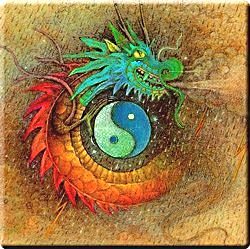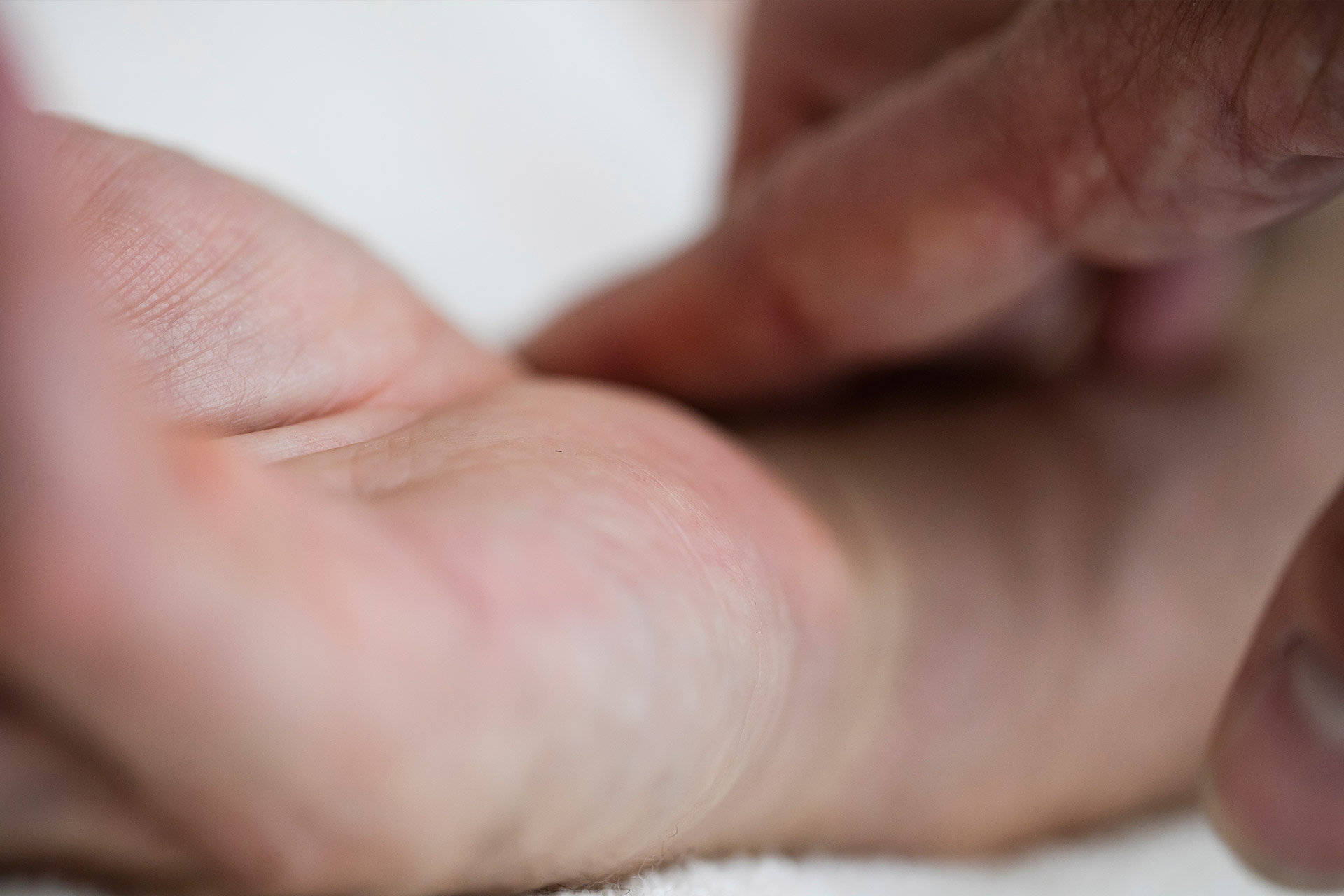
Eliminating Joint Pain with Acupuncture
Chinese medicine, and acupuncture in particular, contain powerful treatments for alleviating joint pain.
There are many types of joint pain according to WebMD: “Osteoarthritis, a “wear and tear” disease, is the most common type of arthritis.” Whereas Rheumatoid arthritis is seen as an autoimmune disorder. Other conditions that afflict the joints are: Bursitis, which occurs “when sacs of fluid that help cushion your joints get inflamed.” Gout is also considered “a form of arthritis that most often affects the big toe joint.” These are chronic conditions, all of which can be treated by acupuncture. Acupuncture can also effectively treat acute joint pain due to strains, sprains, and other injuries.
Osteoarthritis is seen as a degenerative disease most commonly affecting the hips and knees, while Rheumatoid Arthritis is classified as an autoimmune condition which afflicts the wrists and small joints of the hands and feet. Gout is often associated with lifestyle excesses especially dietary, affecting the large toes.
Chinese medicine sees Joint pain, be it in the “small joints” of the hands and feet, the “larger joints” of the knees and elbows, or the “largest joints” of the shoulders and hips as due to the joints being depositories for toxins originating from other parts of the body. When toxins deposit into the joints they often cause swelling and pain that can be intermittent or constant, mild or severe.
Pain in the small joints of the hands and feet (often associated with Rheumatoid Arthritis) is often the result of toxic overload in the blood. There are a special set of acupuncture channels and points especially effective in treating this type of joint pain. They are called the Luo (Connecting) Vessels. These channels and points are very effective in clearing inflammation from the body.
Pain in the “large joints,” seen in Western medicine as the degenerative disease Osteoarthritis and coming from “wear and tear” is seen in Chinese medicine differently. Degenerative disease is not just the result of “wear and tear” but often results from toxic overload in the internal organs that has been translocated into the joints as holding areas for latent toxins. This is called the “disease nemesis theory.” The body creates a milder disease (like degenerative joint disease) by translocating pathology from the organs into the joints to prevent more serious, potentially life threatening diseases (like Liver failure).
The joints in general are relatively “safe” areas for the body to store unresolved toxic overload; much safer than the internal organs. Treatment of large joint pain often requires resolution of internal organ toxicity. This strategy is best achieved through another set of acupuncture channels called the Divergent Channels. These channels are the best at treating degenerative conditions of all types.
The Luo Vessels have special resonance (and reach) into the cardiovascular system of the body. Their name “Luo,” which means “connecting” refers the the vast system of veins and arteries which connect all parts of the body, creating exchange for respiration and metabolism.
In Chinese medical thinking, the blood and cardiovascular system are also ways in which the “spirit” is able to communicate and reach all parts of the body. This creates a mental-emotional link between issues involving the blood (and therefore the small joints).
The Divergent Channels are named due to their role in diverting pathogens and toxic material from the internal organs into the joints (hips, knees, shoulders, cranium, spine) so as to safeguard physiology and vital organ function. These channels can be very powerful to clear toxic overload from both the joints as well as the internal organs. To detox the body via these channels can prevent major serious disease from occurring later in life, draining toxic overload before it begins to show major symptoms.
There is an even deeper set of acupuncture channels called the Extraordinary Vessels which treat damage to the DNA: the “matrix” of the body. These channels treat conditions that are congenital, inherited or personality-based. In more spiritual terms, these are “karmic channels” that can help clear conditions that may relate to our ancestry, or even our “past lives.”
Chinese medicine likes to identify and define conditions within the body in “energetic” or “climatic” terms, usually based on the nature of the symptoms. For example pain in the hands and feet (Rheumatoid Arthritis) often creates joints that are red, swollen and hot to the touch. The nature of this condition is therefore seen as inflammatory: heat makes things red, swollen and hot.
Any lingering condition with chronicity is usually seen as being complicated by “dampness.” The heat can be seen as the body’s immune response, while the dampness and the body’s weakness and inability to utilize its fluid resources to detoxify and clear pathogens or toxins.
Another cause of chronicity can be blood stagnation due to trauma (physical or emotional) or unresolved infection.
The heat is the result of immune energy (called Wei or defensive Qi in Chinese medicine) that has become stagnated and unable to fully destroy or chase pathogens out of the body. The nature of the body’s immune energy is hot and dynamic: it moves so it can clear via sweat, urination, defecation, coughing, sneezing, vomiting etc. If it become stuck: stagnated by an invading factor or challenge to the body that it cannot move through, it will heat up and create tissue damage and pain.
The dampness is also the result of stagnation. Fluids that are meant to carry toxins out of the body become a cesspool, much like a river that isn’t flowing properly. The fluids become thick and murky. This allows pathogens to become stuck and create toxic ecosystems, further weakening the body’s Qi energy movement, eventually impacting metabolism and respiration as well as the body’s immune capacity.
To rid chronicity from the body, “resolving dampness” is vital. The stagnant water must be purged and eliminated, either through defecation or urination. The body’s capacity to metabolize new, fresh water must also be strengthened. The “waterways” of the body i.e.: the pathways by which fluids flow must also be unblocked and invigorated.
As for the inflammation, usually responsible for causing pain, must be dealt with in a respectful manner. Stagnant heat must be cleared, also via urination, sweating or defecation. Yet the warm dynamic nature of the body’s immune energy and metabolism must be honored and protected. Treatment must be careful not to damage the body’s “warm flow” of vital energy.
Once heat and damp stagnation is cleared, swelling pain and redness will begin to reduce.
The hands and feet are associated most closely with the cardiovascular system and its stressors. The Luo Vessels are seen as the acupuncture channels that best manage movement within the cardiovascular network of the body. The organs they are most resonant with are the Heart (and Pericardium) naturally, but also the intestines and stomach.
The most important acupuncture point used to clear inflammation within the Luo Vessels is located on the lower leg. It is a point on the Stomach channel: ST-40. Each Luo vessel borrows a point from one of the main acupuncture channels. ST-40 is called the “abundant budge.” From this point a large “collateral” vessel is created that travels up from the legs into the torso, head and neck.
The Stomach’s Luo vessel is the largest within this channel system, giving it the greatest capacity to clear inflammation throughout the entire body. The classic symptom associated with the Stomach’s Luo vessel is mental-emotional agitation, irritability, anxiety and even mania. These are often early signs of inflammation within the body.
To treat particular sites of pain and swelling, ST-40 is combined with Luo vessels (and their associated points) that travel to these areas. For example the Luo Vessel of the Lungs is said to travel into the hands, while the Luo Vessel of the Gallbladder travels into the feet. The point LU-7 on the wrist is therefore effective in treating pain and swelling in the hands, while the point GB-37 located on the lower leg can treat pain and swelling in the feet.
Other acupuncture channel systems can also be added to this treatment. The “Sinew channels” are the most surface of the acupuncture channels on the body, and therefore often most effective for treating muscle/sinew pain. Treatment of the Sinew channels is activated through treating acupuncture points located on the tips of the fingers and toes.
There are also special points located on the Primary acupuncture channels called “Xi Cleft” (accumulation) points that treat acute situations of pain.
The effectiveness of LU-7 and GB-37 can be explained. These two vessels are unique in that they travel down and out: LU-7 from the wrist into the hands; GB-37 from the legs into the feet. All other Luo Vessels travel up. LU-7 and GB-37 are the two vessels that are trying to bring toxic overload out of the body, showing that joint pain and swelling in the hands and feet is the result of toxins the body has attempted but been unable to successfully eliminate and detox.
Using the Stomach’s Luo Vessel (ST-4) and its energetic partner the Spleen (SP-4) which travels into the intestines, helps activate a detoxification process through purging of toxins within the blood system of the body. These two points enhance movement within the intestines to flush toxins.
The strategy utilized by the Luo Vessels in treatment is via “invigorating blood flow” to promote detoxification. In Chinese herbal medicine it is no mistake that many of the herbs that treat “toxic heat” in the body have not only a detoxification technique via defecation and urination, but many also “cool the blood,” suggesting detoxification must often involve the blood as well as the fluids of the body. These herbs treat inflammatory conditions that can range from pain, rashes and swellings to cancer and tissue damage. Within acupuncture, the Luo Vessels are be best in treating “toxic heat.”
Part 2 of this article will discuss use of the Divergent Channels in treating pain of the larger joints of the body: the hips, knees, shoulder as well as the organic toxicity which pain in these areas often originates. We will also explore Chinese medical theories regarding degenerative disease.













No Comments